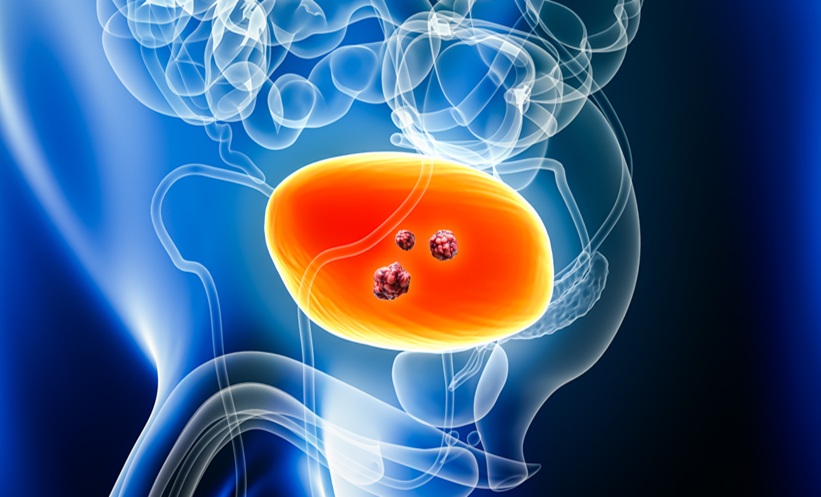INTRODUCTION AND OBJECTIVES
In today’s world of innovation and technology, which provides the very best opportunities for healthcare professionals, everyone wants to have the best health status, and the scope to explore the aetiological roots of different healthcare problems is limitless.
Haematuria is an ancient issue but it still generates new challenges, especially for patients who are dealing with other health problems. In our study, which included 2,500 cases of haematuria, we aimed to provide a retrospective evaluation of the aetiological and pathological properties of patients with recurrent haematuria attending our urology clinic. It is essential to identify whether haematuria is a real indicator of a prominent urological disease or just a sign of the complications of the patient’s treatments.
MATERIALS AND METHODS
While organising the retrospective study, 2,500 patients with recurrent haematuria, aged 27–93 years with a mean age of 58.2 years, and who attended the clinic within the last 87 months, were re-evaluated. A total of 1,312 patients with recurrent microscopic haematuria (412 [31.4%] males) and 1,188 patients with recurrent macroscopic haematuria (354 [29.8%] males), were evaluated retrospectively, and 934 underwent cystoscopy. The number of patients who used antiplatelet and/or anticoagulant treatment totalled 1,680 (67.2%); these patients were examined to find out whether the aetiology of haematuria was due to urinary system pathology or the result of complications from antiplatelet and/or anticoagulant treatment.
RESULTS
A total of 270 (20.6%) patients with microscopic haematuria and 214 (16.3%) with macroscopic haematuria revealed urolithiasis aetiology. Furthermore, 116 (8.9%) of the microscopic haematuria patients and 92 (7.7%) of the macroscopic haematuria patients were diagnosed with tumoural lesions of the bladder following ultrasonography. However, 33 of the cases suspected of having tumoural lesions had no lesions present, but were instead diagnosed with haematoma. Twenty-eight (3.9%) of the tumoural lesions were found to be pT2 on pathological examination, with the remaining lesions being pT1G2–pT1G3. Thirty-one (2.4%) microscopic haematuria and 27 (2.3%) macroscopic haematuria cases revealed upper urinary tract transitional cell carcinoma. In 41 (4.4%) of the 934 patients undergoing cystoscopy, tumoural lesions missed during ultrasonography were found in the bladder. Of 2,500 cases, only 30 (1.2%) had renal cell carcinoma as an aetiology of recurrent haematuria. Fifty-one male patients with recurrent haematuria were diagnosed with prostate adenocarcinoma. Only 802 (32.0%) patients with recurrent haematuria revealed a real urinary system pathology, and 657 of these patients were using antiplatelet and/or anticoagulant treatment. In 792 (47.1%) of the 1,680 patients receiving antiplatelet and/or anticoagulant treatment, no urinary system pathology was detected and recurrent haematuria was accepted to be due to complications of the antiplatelet and/or anticoagulant treatment.
CONCLUSION
Recurrent haematuria is a challenging problem that always requires detailed evaluation. In cases of no urinary system pathology, recurrent haematuria can be seen as a complication during antiplatelet/anticoagulant treatment in up to 47.1% of patients. This retrospective evaluation of 87 months, containing valuable incidence data, can be used as a vital source for international guidelines of urology.








